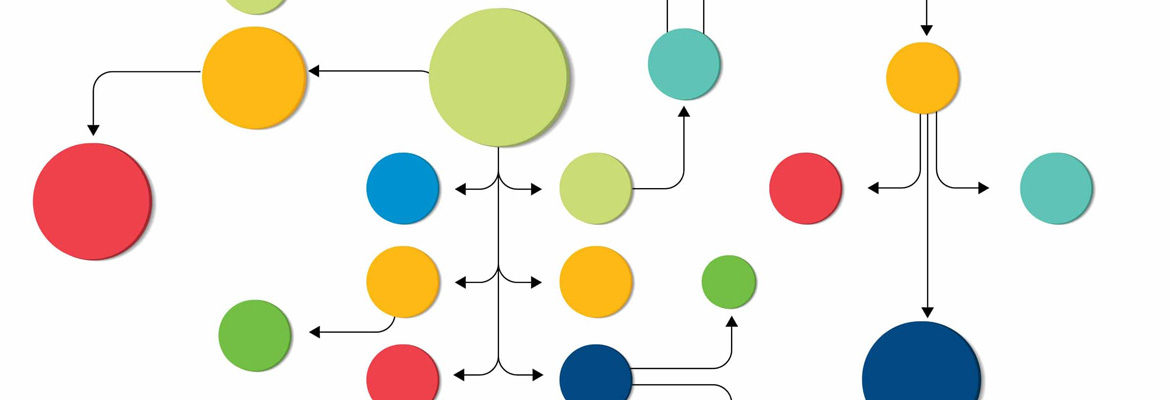Getting Ready for the Sprint: Creating Your Month-End Close Process Flowchart

The close process is massively complex. As a result, many CFOs avoid tinkering with their month-end close workflow due to its incredible number of interdependencies. Despite this complexity, the close process is also often executed from institutional memory alone. An incomplete list of tasks that need to be completed might be kept in a spreadsheet. But the tasks aren’t tracked, benchmarks aren’t set, and the process isn’t shared across the company.
New tech-based tools can help finance teams transform their month-end close process. However, it’s difficult to improve your close process when everyone in your department isn’t on the same page. Creating a close process flowchart can help you begin the daunting overhaul of your month-end close process as well as provide a shared understanding of how the process works from beginning to end. Let’s take a look at where to begin and what to include to craft a successful financial close process flowchart.
Why Use a Close Process Flowchart?
A process flowchart is a detailed visual representation of each step in a process placed in sequential order. For recurring, complex procedures such as the financial close at the end of each accounting cycle, process flowcharts are both practical and functional. That’s because process flowcharts help you:
- Develop an understanding, in detail, of how a process is performed
- Communicate to others how a process is performed
- Plan the implementation of a process
- Document a process
- Review a process for improvement
Where to Begin
When it comes to creating a new close process flowchart, the perfect place to start is your current close process. Even if your present financial close process is ready for a remodel, it’s still best to start with what you have. Think of creating a flowchart as an audit that will help you improve upon your current close process.
Those who directly contribute to the financial close on a regular basis should play a key role in reviewing and crafting the new process flowchart. Not only will they be the most knowledgeable, but you will also want to ensure that all stakeholders and contributors are on board with a potential overhaul.
However, it may also be helpful to bring in external consultants or auditors who are internal to your company. Outsiders who aren’t normally involved in the close process will bring a fresh set of unbiased eyes that can provide crucial insights.
What to Include
The finer details of your process flowchart for the financial close will vary depending on your staff, systems, and needs. However, here are a few key details that should be included in every flowchart for the financial close process.
Defined Roles
- Each task should be assigned to a specific individual or team. By explicitly delegating responsibility early in the process, you ensure that every task gets completed with no one feeling overburdened.
Time Frames
- Include a realistic timeline for each step or task. This helps everyone stay on schedule so your close process doesn’t become a month-end scramble to the finish line.
Key Systems
- Outline the systems, applications, and tools that are required for each step.
Relevant Business Units
- This is especially important for larger companies: Make sure to include how different divisions or business units fit into the financial close to create a more comprehensive view of the process across the entire organization.
How to Get the Most Out of Your Month-End Close Process Flowchart
Those were the basics, but how do you build a flowchart that transforms your month-end financial close? Here are a few tips for designing a close workflow that keeps you ahead of the curve.
Clear Communication
Keep the channels of communication open between key contributors. During the month-end close process, hold regular conference calls to update everyone on the progress. A post-mortem meeting may also be useful to identify issues and give feedback.
It’s also important to get outside opinions. Don’t wall off your close process from the input of non-financial experts. Larger organizations especially need to cast a wide communication net to get feedback from within the company.
Consistent Documentation
If you want your financial close process to be transparent and repeatable, even for new staff members, you’ll need to document every step. Contributors should create and maintain standard operating procedures (SOPs) that outline the details required to generate every month-end deliverable.
Automation
Automation offers obvious benefits to the close process, including speed, efficiency, and transparency. This is especially crucial for simple tasks that can be delayed when a key team member is out sick or competing priorities emerge. Carefully consider the complexity of each step or task and whether an automated solution could be applied.
An Eye Toward Improvement
You may think you’re finished once you’ve audited your current close process and created a new process flowchart. But no process is set in stone. Each cycle, you and your department should be on the lookout for new ways to improve your close process.
Closing Thoughts
Without the clearly defined workflow and specific protocols that a process flowchart provides, your close process will continue to get bogged down each month.
insightsoftware can help you automate your close process and transform your month-end close cycle. With Longview Close, you and your department will spend less time preparing, validating, and waiting, and more time analyzing and strategizing. Contact us to request a demo of your next-generation consolidation solution.